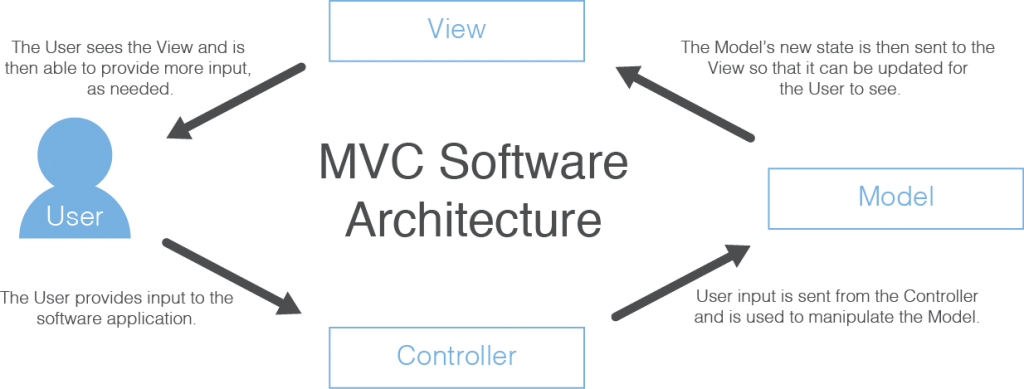Keep development on track.
Ruby on Rails is an open source web framework that is used to create feature-rich web apps. With a solid community of active developers behind it, Ruby on Rails burns up the rails because of quick access to developer tools that speed the development process along.
Released in mid-2014, Ruby on Rails is used to create powerful web applications, including many popular apps that you use online:
- Hulu
- Basecamp (where the framework originated)
- Groupon
- Github
- Shopify
These applications run via the Ruby Programming language. The Ruby Programming Language is similar in many respects to the PHP programming language.
Why We Like Ruby On Rails: Open source and faster development.
We like Ruby on Rails, because it has several core advantages that make it attractive to developers.
- Ruby is scalable.
- Ruby has an active community.
- There are extensive libraries available.
Ruby on Rails is full stack, which means that its routing system (the ability to get information from the web server, communicate with a database, and render templates) is independent of the web server. The Ruby framework can do it all, using an object-relations mapping system for database access.
Plus, Ruby on Rails is open source, meaning that the framework and its code are open to a development community of more than 3,400 contributors. They are not locked or encrypted, so users do not need to pay a license fee to access and use the tools available. This provides advantages to developers, who can share tools and resources with each other to make the development process faster and more efficient.
How Ruby on Rails Works: A Model View Control structure.
Ruby on Rails functions by using something called a Model View Control (MVC) structure.

- Model: The model maps to a table in the database.
- View: The view is composed of templates that represent resources and actions to the user of the application. Most users will view Ruby on Rails via an HTML webpage. The actions and database calls on that HTML webpage will be generated via the use of the model and controller functions of the Ruby on Rails Framework.
- Controller: The controller responds to an external request and may provide one or more actions.
Ruby on Rails is typically deployed on a database server with MySQL or PostgresSQL, with Apache.

